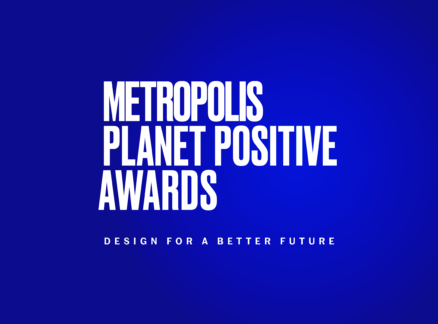
November 23, 2011
Lab Report X
Cal Berkeley is one of the few major research universities in the country that has a research group devoted to innovation in the built environment. The Center for the Built Environment brings together a faculty from architecture, computer science, electrical engineering, environmental psychology, and environmental engineering. The projects they work on reflect this broad, in-depth […]
Cal Berkeley is one of the few major research universities in the country that has a research group devoted to innovation in the built environment. The Center for the Built Environment brings together a faculty from architecture, computer science, electrical engineering, environmental psychology, and environmental engineering. The projects they work on reflect this broad, in-depth approach that is praxis-oriented and deeply rooted in research.
Collectively, they pursue strategies that promote and improve the energy efficiency and environmental connectivity of buildings. This is done by devising new gadgets as well as by studying, measuring, and quantifying such things as occupants’ usage and a building’s behavior over an extended period of time. That data is used to create strategies for both new ways to design as well as new designs. The work is foregrounded by the inherent connection between energy-use patterns and environmental quality and how a better understanding of that relationship will improve the quality of our built environment, and also improve economic efficiency.
CalSTRS Headquarters in Sacramento, CA as the first case-study, image via Center for the Built Environment
For instance, a project in the Sustainability, Whole Building Energy research area focuses on reducing energy use in commercial buildings based on the building operator’s behavior. Basically, note the researchers, the project “seeks to identify and investigate promising routes to lowered greenhouse gas emissions in commercial buildings that do not require large technological investments.” To do so is to acknowledge the fact that users play a major role in how a building works. Occupants, facilities staff as well as the physical structure, and office equipment need to studied to determine the building’s energy usage. Specifically, the occupants and the building managers are surveyed. These findings are combined with data gathered about the building’s operations and maintenance. This understanding helps devise strategies to reduce energy wastage and improve building efficiency.

Shading devices at David Brower Center, image via Center for the Built Environment
Another project, High Performance Façade Studies within the Envelope Systems research area, identifies “effective design strategies that minimize building energy use while simultaneously enhancing the comfort and well-being of the building’s occupants.” This knowledge can lead to more effective façade designs.
Using the case study approach, the team examines buildings in North America and Northern and Central Europe to identify “facade design solutions that enable the development of spaces that minimize the need for HVAC and lighting energy use, while maximizing occupant well-being and connection to the outdoors.” The research recognizes that the U.S. lags behind the façade technologies deployed in the aforementioned European regions. In addition to more advanced technologies, these regions offer examples of effective regulations and higher expectations for commercial buildings where daylight, views, and natural ventilation key to success.
Previous Lab Reports –
Sherin Wing writes on social issues as well as topics in architecture, urbanism, and design. She is a frequent contributor to Archinect, Architect Magazine and other publications. She is also co-author of The Real Architect’s Handbook. She received her PhD from UCLA. Follow Sherin on Twitter at @xiaying.





